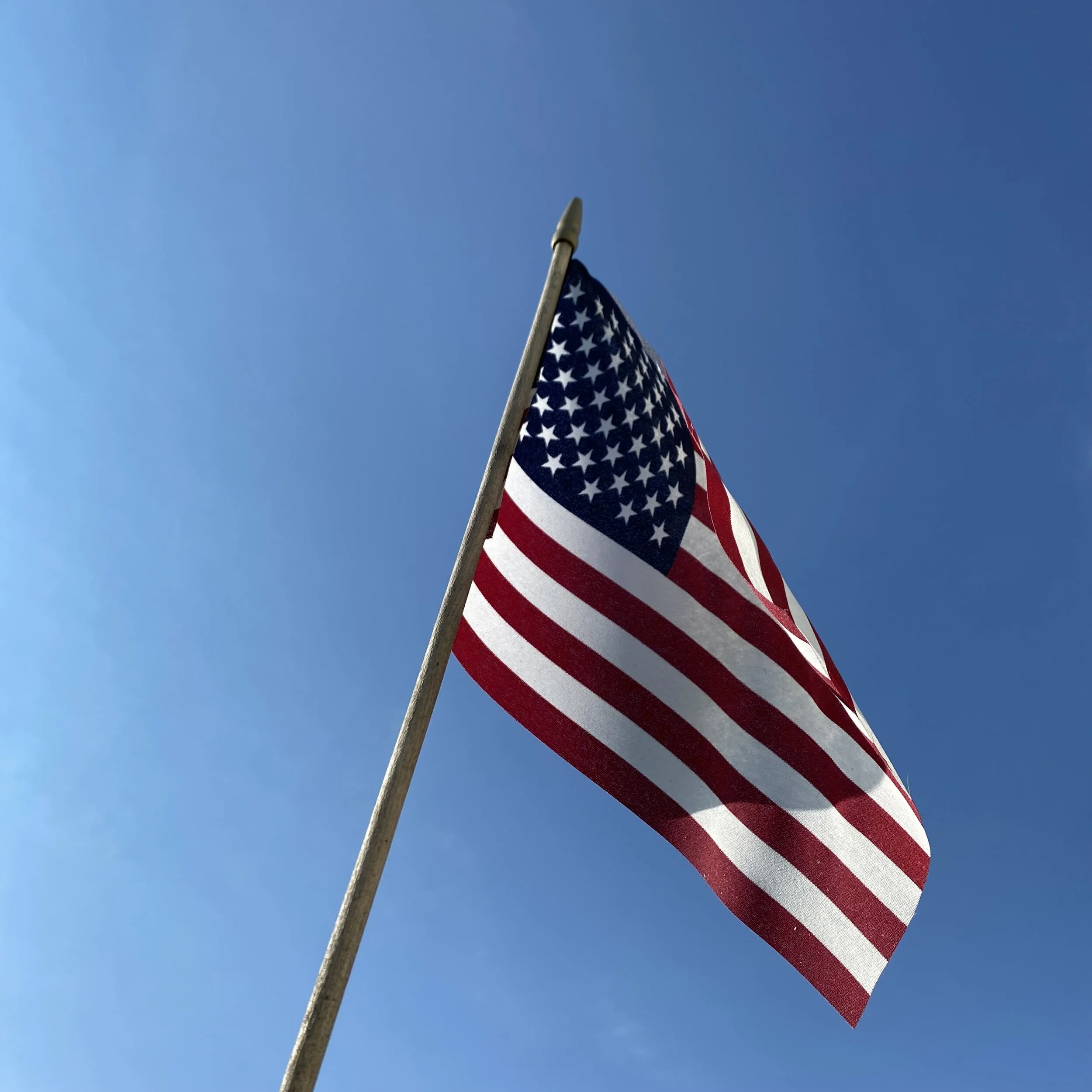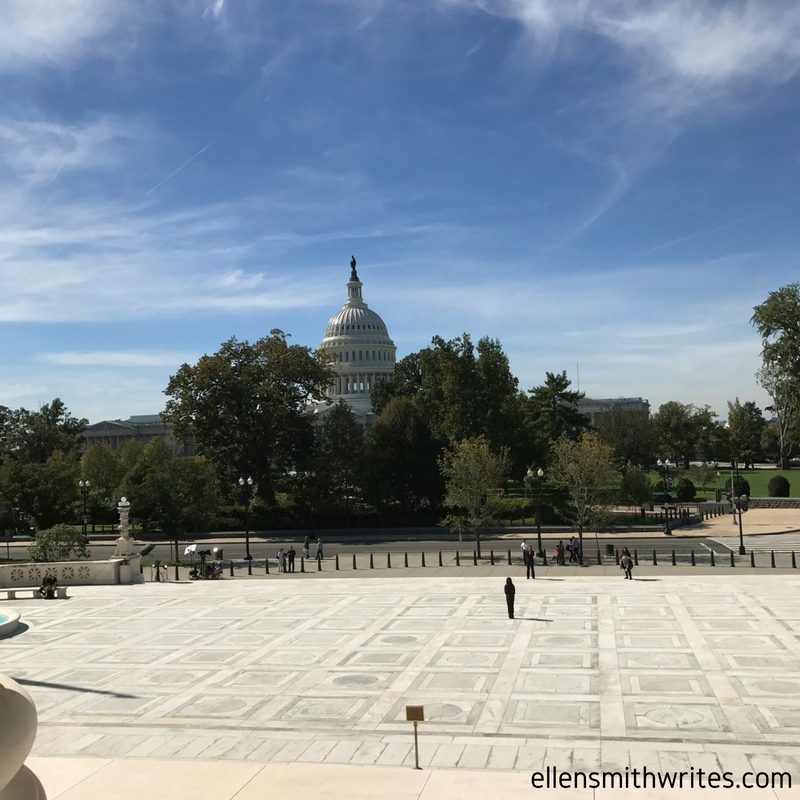CW: This post describes my recollection of September 11, 2001. My love, support, and prayers go out to all the survivors of this tragedy, those we lost, and all those left behind.
I am gazing up at a perfect blue September sky. So many of us remember that detail about this same date twenty years ago. It was such a crisp, cloudless day.
That sky is the only thing I remember clearly from September 11, 2001. I was fifteen years old, home sick from school with a high fever. I had spent the night before and most of the day alternating between feverish dreams and hazy moments awake.
In and out. Awake and asleep. My throat was dry. The phone was ringing. I wanted ginger ale. There were worried voices somewhere outside my room. I woke up again and immediately wanted to go back to sleep. New York City. Washington, D.C. My eyes were watering and I couldn’t remember why. I looked up and out the window at that clear, clear blue sky.
Late that afternoon, my fever broke. I sipped flat ginger ale through a plastic straw and stared at the television, trying to comprehend the shaky home videos that had been submitted to the news. Breaking out in another sweat, either from the dissipating fever or rising fear.
9/11 was the line of demarcation for many in my generation. On September 10, 2001, we were teenagers. After September 11, we were young adults.
Six months later, in the spring of 2002, my high school band traveled to New York City. On the last day of the trip, my friends and I stood shoulder to shoulder on a platform at Ground Zero. All around us, tall buildings stretched up to the sky. In front of us, emptiness. The footprint of where two towers had once stood. Debris and dust and this temporary platform where “normal” used to be.
Over the past twenty years, whenever I think back to 9/11, the memory is always twofold. First it feels not quite real, a hazy fever dream, the way I first experienced it. And then I am immediately back at Ground Zero. My friends and I are leaning against each other, holding each other up. It is the only way we can think of to bear the enormity of loss.
Twenty years later, staring up at another cloudless blue sky, I feel the same desperation to reach out, lean close, connect.
Lean hard, friends. This is how we hold each other up.









